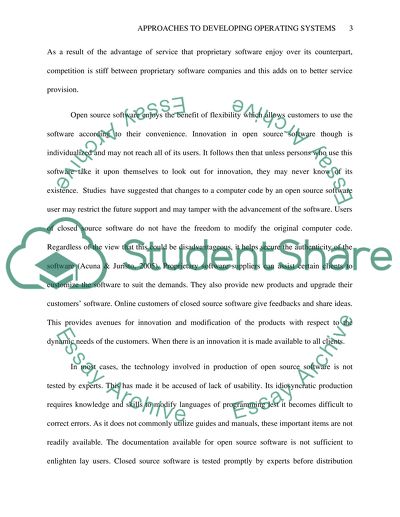Open source and closed source approaches to developing operating Research Paper. Retrieved from https://studentshare.org/information-technology/1481226-open-source-and-closed-source-approaches-to
Open Source and Closed Source Approaches to Developing Operating Research Paper. https://studentshare.org/information-technology/1481226-open-source-and-closed-source-approaches-to.


